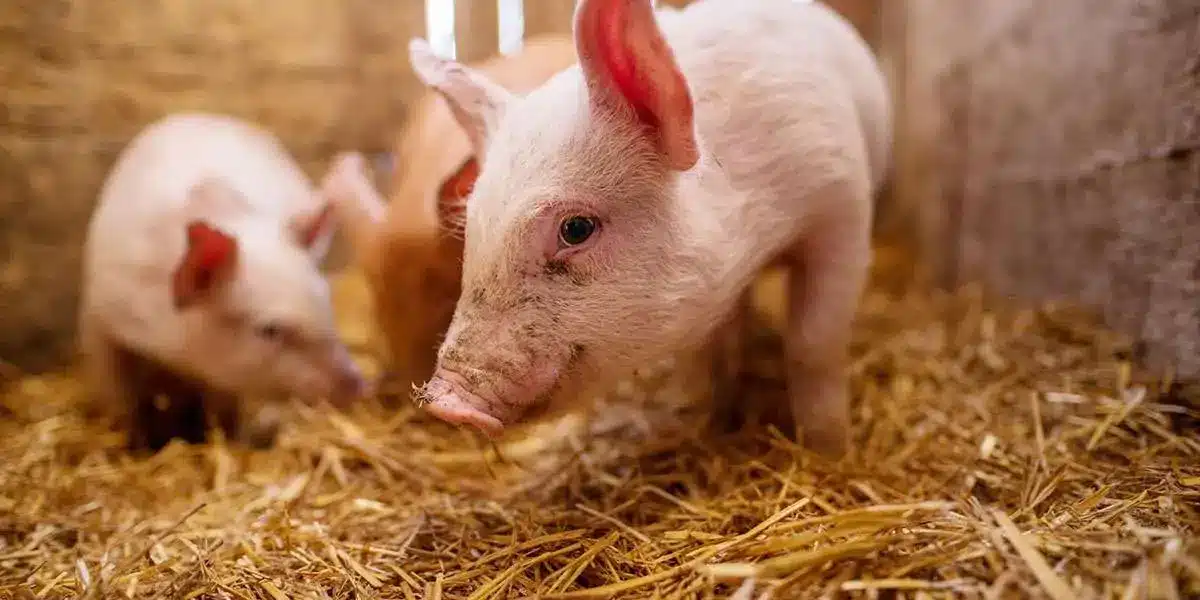Pig breeding is a sector that involves the breeding, raising, housing, and feeding of pigs, as well as the production of pork and other “pig products.”
Its history stretches back more than 10,000 years, as pigs are one of the oldest domesticated animals. Pork, pig skin, and pig fat are valuable raw materials. Pork is high in protein and can be used in many ways. Pig skin is used for leather goods, and pig fat is used in food products.
Currently, the largest pig-rearing countries include China, the United States, Brazil, Germany, and Spain.
There are two main types of pig breeding: free-range and intensive (confined). In free-range breeding, pigs can move freely over a large area where they feed naturally. In intensive pig breeding, pigs are kept on a livestock farm where food and water are provided artificially.
Grains, green fodder, and feed mixtures are used to feed pigs. Feeding is an important aspect of pig breeding, as the quality of pork also depends on what the pigs eat.
Pigs are prolific animals, making breeding cost-effective. Their gestation period is 114-115 days. A pig can give birth to 6-12 piglets at a time. Piglets begin to feed independently after two weeks. Pigs are slaughtered at 6-8 months of age.
Pig breeding has many advantages, which is why it will continue to play an important role in the food industry in the future. These advantages include the high nutritional value of pork, the value of pig skin and pig fat as raw materials, and the economic significance of pig breeding. The demand for pork is expected to increase, so pig breeding is continuously developing.





